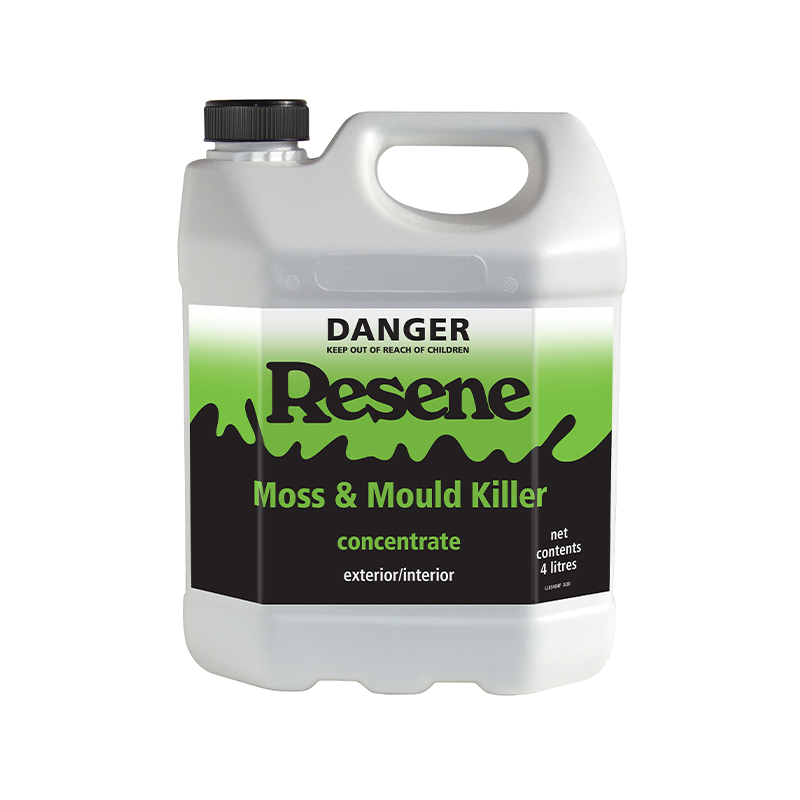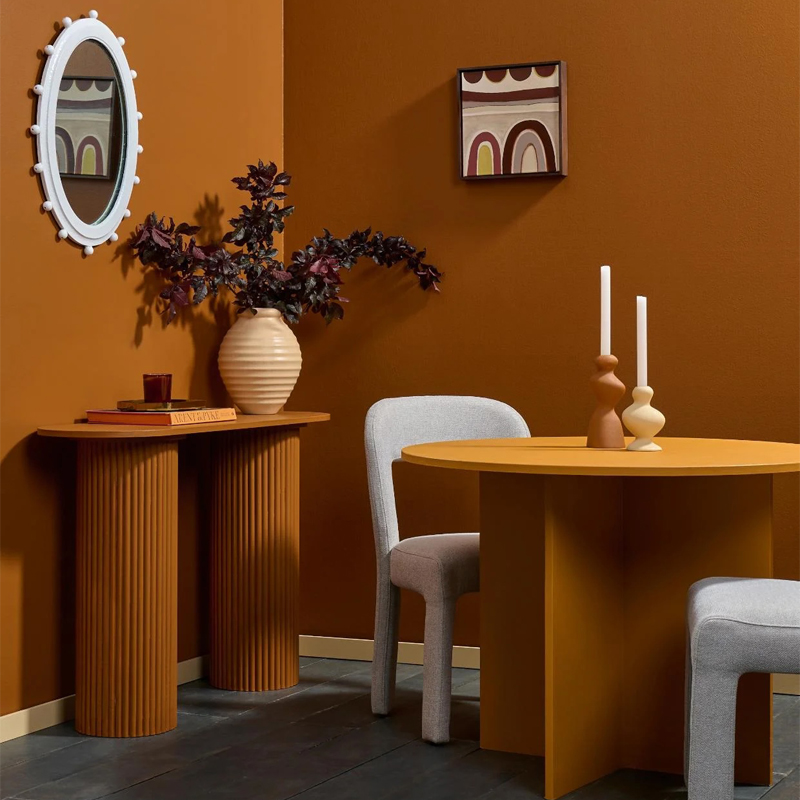Use Resene EzyFill Quick to fix any holes, bumps or imperfections in the wall with. This lightweight filler is ideal for repairing small imperfections such as hook holes, and the quick-drying formula is ready to paint over in 30 minutes.
If you’ve removed hooks, the holes they leave might require Murdo’s pencil trick to fill the holes. Lightly push a pencil into the hole, until the rough outer edges flatten and sink into the wall.
Don’t worry if the holes appear larger once you’ve pushed the pencil through the wall, as this now ensures that you have a smooth surface to fill with Resene EzyFill Quick. Once dry, sand using 220 grit sandpaper and wipe away sanding dust.
For large holes, another DIY trick is to use a piece of chicken wire larger than the size of the hole. Tie a piece of string to the centre of the wire and feed it through the hole in the wall, so the chicken wire is flat behind the hole. Tie a pencil to the end of the piece of string and hold the wire taught to the wall while you cover the wire with filler.
When the first layer of filler is dry, remove the string and pencil and apply a second coat of filler to cover the remaining parts of the hole. Once dry, sand using 220 grit sandpaper and wipe away sanding dust.



















